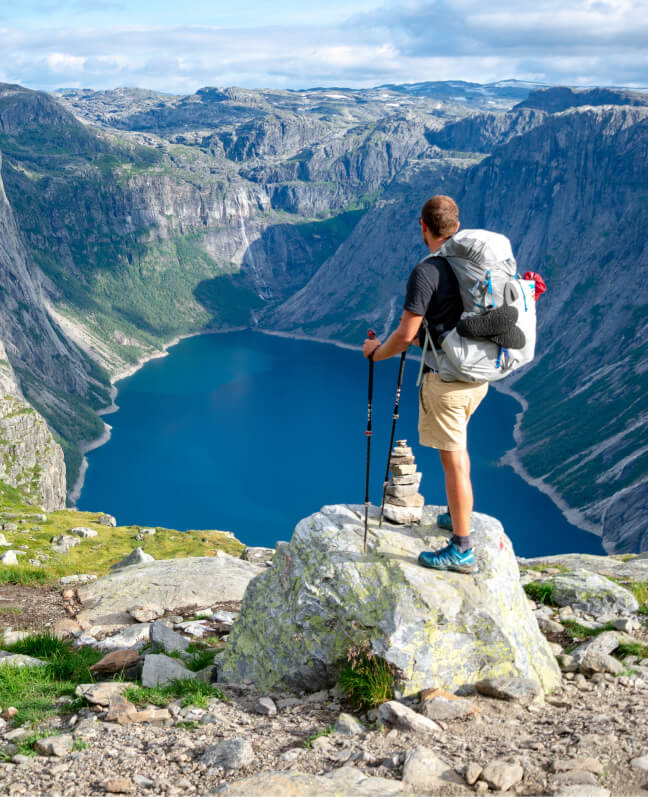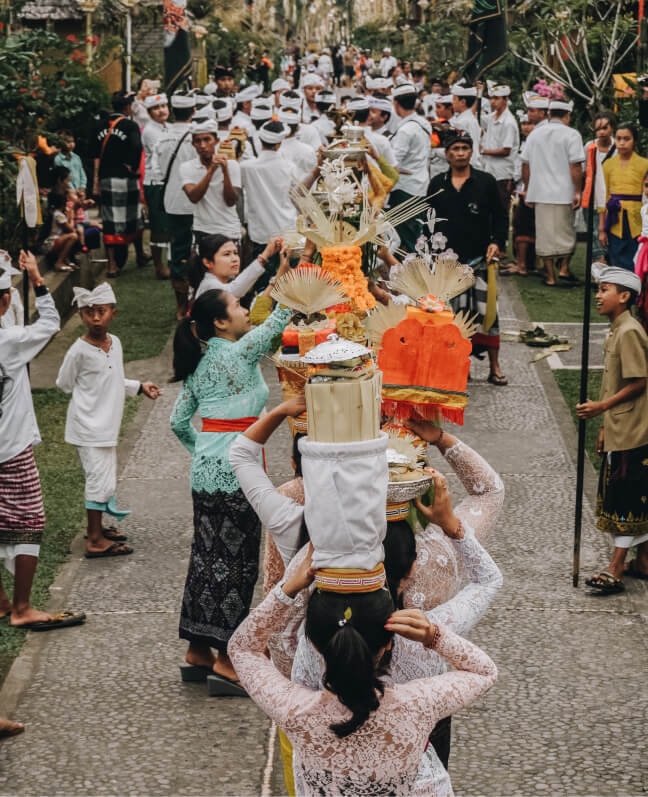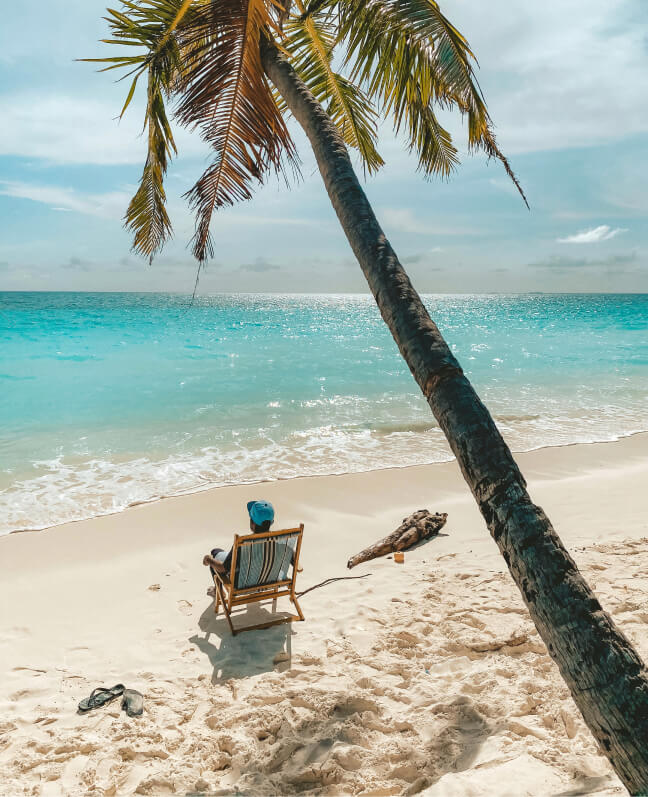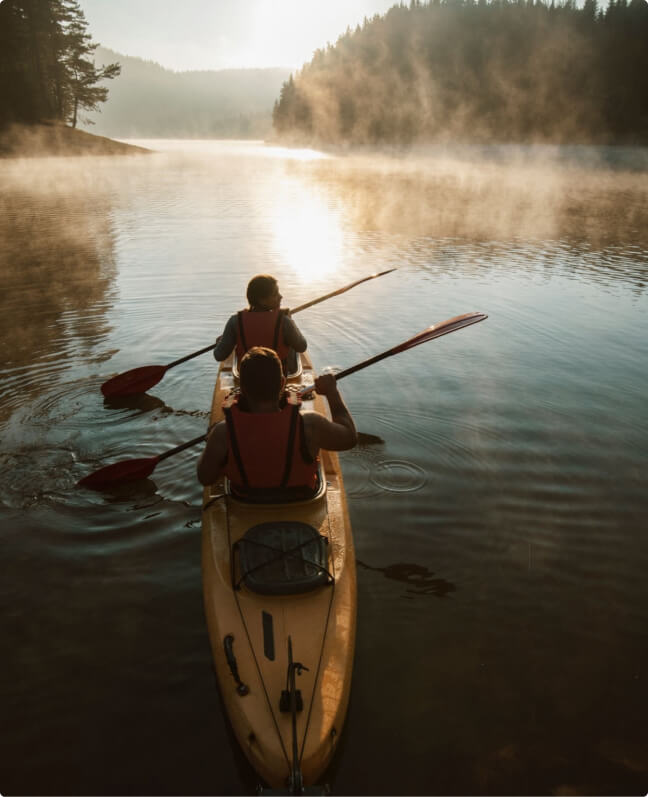Welcome To Uganda
Uganda, known as the Pearl of Africa, is a stunningly diverse country in East Africa, famous for its rich landscapes, abundant wildlife, and warm hospitality.
Its natural beauty includes the majestic Rwenzori Mountains, Lake Victoria, the source of the River Nile, and abundant flora and fauna.
Uganda is a biodiversity hotspot, home to mountain gorillas, Africa’s Big Seven, and over 1,000 bird species. Culturally, Uganda boasts over 56 ethnic groups, each with unique traditions and languages.
With its unspoiled wilderness, vibrant cities, and deep cultural heritage, Uganda offers a captivating experience for every traveler.
Geography
Uganda is situated in East Africa, spanning from 1° South to 4° North latitude, and between 30° and 35° East longitude. The country boasts a varied landscape, featuring volcanic hills, mountains, and numerous lakes.
Positioned at an average altitude of 900 meters above sea level, Uganda’s eastern and western borders are marked by mountainous regions.
Uganda is bordered to the east by Kenya, to the north by South Sudan, to the west by the Democratic Republic of the Congo, to the south-west by Rwanda, and to the south by Tanzania.
People, Culture, & Food
Uganda is a vibrant and culturally diverse country, home to over 56 distinct ethnic groups, each with its own traditions, language, and way of life.
The population, estimated at around 47 million people, is a true reflection of Africa’s multicultural richness. Uganda’s cultural fabric is woven from the deep histories, unique customs, and shared values of these various communities, making it a fascinating destination for those seeking to experience Africa’s diversity.
The largest ethnic group in Uganda is the Baganda, who primarily reside in the central region around Kampala.
The Baganda people are part of the Bantu-speaking group and play a significant role in the political, cultural, and social life of Uganda.
Other major ethnic groups include:
- The Banyankole in the sounthwestern region, known for their cattle keeping tradtions and distinct dialect.
- The Basoga of eastern Uganda, whose culture is centered around agriculture and fishing along the shaores of Lake victoris.
- The Acholi and Lango in northern region, who have a rich oral tradition and are known for their elaborate music and dance.
- The karamojong in the northeastern region, a semi-nomadic people known for their cattle herding lifestyle and vibrant traditional attire.
Uganda is a multilingua nation with English as the official langauge and Swahili as the natural language. However, thre are over 40 languages spoken across the country, reflecting its ethnic diversity.
Luganda, spoken by the Baganda people, is widely spoken in the central region and is often used in business and daily transactions. Other prominent languages include Runyankole in the west, Lusoga in the east, and Acholi in the north.
Uganda’s cuisine is as diverse as its people. The staple foods vary across regions, but typical dishes include matoke (steamed plantains), posho (maize meal), and groundnut sauce.
The Baganda favor Luwombo, a dish where meat or groundnut sauce is steamed in banana leaves, while the Acholi often prepare malakwang, a sour vegetable stew served with millet bread.
Street food, particularly the popular Ugandan Rolex (a rolled chapati with eggs and vegetables), is enjoyed across the country. Meals are an important part of family and community life, often accompanied by celebrations or communal gatherings.
Climate in Uganda
Uganda has a tropical climate, making it suitable for year-round travel. The climate varies by altitude, with cooler temperatures in the highlands and warmer conditions in lower areas. The country experiences two main seasons: dry and wet.
The dry seasons occur from December to February and June to August, with temperatures ranging from 24°C to 30°C (75°F to 86°F).
These months are best time to visit Uganda for wildlife viewing as animals gather around water sources.
The wet seasons are from March to May and September to November, with temperatures between 17°C to 25°C (63°F to 77°F). Rainfall is heaviest in the central and western regions but typically followed by sunny periods.
Regional Variations
Central and Eastern Uganda, including Kampala and Jinja, experience moderate rainfall throughout the year with consistent temperatures around 27°C (80°F).
Northern Uganda, particularly areas like Kidepo Valley, is drier and hotter, with temperatures reaching up to 35°C (95°F) during the dry season.
In contrast, Western Uganda, home to the Rwenzori Mountains and Bwindi Forest, is cooler and receives more rainfall, especially in the higher-altitude regions.
Best time to visit Uganda
The best time to visit Uganda depends on the activities you plan to do. However, the dry seasons from June to August and December to February are generally considered the best times for most activities, particularly wildlife safaris and gorilla trekking.
- June to August: This period is ideal for gorilla trekking in Bwindi Impenetrable Forest, as the trails are drier and easier to navigate. Wildlife safaris are also excellent during these months, as animals congregate around watering holes, and the risk of heavy rainfall is low.
- December to February: Another great time for safaris and trekking. This period coincides with the peak tourism season, offering great opportunities for birdwatching and general outdoor activities.
- March to May and September to November: While these months experience more rain, they are still good for birdwatching, as migratory birds arrive in Uganda. Visitors looking to avoid crowds and take advantage of lower rates may also find this time appealing, though some activities, like trekking, can be more challenging.
How to get to Uganda
How to get to Uganda : Uganda is one of the best travel destinations in Africa located in East Africa and it is one of the East Africa Community countries.
It is one of the smallest East African countries and a landlocked country at that. Above all, Uganda is a beautiful country with extraordinary and abundant wildlife, landscape and happy people thus she is regarded as the “Pearl of Africa”.
Uganda received over 700,000 travellers ever year due to her riches in wildlife, good cultural experiences, tasty cruises and easy access to the country, travelling to Uganda is guaranteed to be fun.
For anyone planning to travel to Uganda depending you have your information right to travel to Uganda.
All travellers coming to Uganda must have a passport, Uganda Visa which depend your country of origin since Uganda has some countries that are exempted from obtaining Visas to Uganda. Visit the immigration website to learn more about Visa requirement in Uganda
Thus, documents you need: Passport, Visa (for non EAC citizens), Alternative travel documents for East Africans. Other requirements for East Africans (Certificate of Identity / Inter-state Pass)
Below are some of the choices of travel to Uganda
Air:
The East African Community is connected to the world by a network of international airports, most of which are located in or adjacent to the region’s major cities. Most major towns in different Partner States also possess smaller airports.
The main entry point for flights into Uganda is Entebbe International Airport (EBB) located near the town Entebbe, about 46km from Kampala capital city.
Currently Entebbe International Airport is the only largest airport with international flights for all inbound and outbound travellers.
The Civil Aviation Safety and Security Oversight Agency (CASSOA), an institution of the Community, works closely with national Civil Aviation Authorities (CAA) to ensure that air travel in the region is safe.
The Civil Aviation Authority is responsible in monitoring all flights that land in Uganda and several of these international airlines do land in Entebbe airport including; KLM, Ethiopian airlines, Emirates, Kenya airways, Dubai Air, Qatar airlines, Turkish airlines, Brussels airlines, just to mention a few.
The country also has airfields in each district to reduce on the long hours taken driving on the roads.
Each district has an airfield and name after each district. Tourist attractions in Uganda have airfields that support easy travels. Some of the tourist destinations with airstrips include;
- Bwindi Impenetrable national park – Kihihi and Kisoro airstrips
- Murchison falls national park – Bugugu and Pakuba airstrips
- Kibale national park and Queen Elizabeth national park – Mweya and Kasese airstrip
- Kidepo national park – Apoka airstrip
- Semuliki national park – Semuliki airstrip
- Lake Mburo national park – Mbarara airstrip
How to get to Uganda By Other Means
Road:
Uganda is a relatively compact country and further transportation within the country is usually done by vehicle, though more upmarket safaris increasingly tend to include one or more flights.
In most cases, your local tour operator will collect you from the airport or hotel and further transportation will be part of and costed into your safari-package.
Travelling in Uganda by road is one of the most adventures experiences of visitors. The topography of Uganda changes in every destination you visit.
The northern and Eastern Uganda is generally hot and flat although some areas are quite hilly while the western part of Uganda are mainly mountainous thus it is where we find the second highest snow-capped mountain in Africa, Mount Rwenzori.
Most tourists destinations in Uganda and in fur places and you need to drive these places by driving if there are no available flights or if the flights are unaffordable.
There is a host of bus services connecting all East African capitals and major cities but with East African Community enhanced co-operation in the area of transport.
East African citizens can now drive private cars across borders and across the entire East African Community region, free of charge, for visits even longer than seven days.
Private road use across East Africa accepts a maximum period for one to use a car not registered in the host Partner State is six (6) months, although you will be required to pay $20 per month as temporary road licence after the seven-day grace period has elapsed.
Anyone using a private car has to fill a form, obtainable at border crossing points or local Revenue Authority office, which grants permission for free access for a week.
There are connecting public driving means across East Africa in all the capital cities of the East African Community including; including Nairobi, Dar-es-salam, Kampala, Kigali, Juba, and Arusha.
Drivers across East Africa must have a valid driver’s licence is required for driving in any of the Partner States. Ensure that your car is insured before you travel, with a valid sticker displayed on your vehicle as proof of insurance (seek advice from your insurer on the available insurance options).
Also make sure you carry an original copy of your car Log Book or at the very least, a photocopy. There are about 40 entry/exists stations, 13 passport centres and 9 regional offices that applies to road transport only however some of the main ports of entry to Uganda include;
- Kenya – Uganda border: Busia and Malaba
- Tanzania – Uganda border: Mutukula
- Rwanda – Uganda border: Katuna and Cyanika
- South Sudan – Uganda border: Elegu/Nimule
All travellers must be aware of the entry points to from outside East Africa. Uganda can be accessed by either road or Air and mostly by Air to Entebbe Airport.
Water transport can also be used to travel in and around our destinations especially the ferry crossing from the Southern part of Murchison Falls National Park to the Northern part of Murchison Falls National Park.
There are Launch cruises to the bottom of the falls in Murchison Falls National Park and along the Kazinga channel in Queen Elizabeth National Park.
Also Ssese islands are easily accessed by water from either Nakiwogo or Bukakata, some business people use the ferry to travel to Kisumu in Kenya and Mwanza in Tanzania.
The Unique Things to Do In Uganda
Uganda like every other country in the world has much to offer beyond the regular mountain gorilla trekking.
Any traveler on Africa safari to Uganda in search of wonderful experiences that are worth sharing will be pleased to know that Uganda is among the top holiday destinations for Things to Do in Uganda, showcasing vibrant culture, diverse wildlife and exciting adventures.
You will for instance when making a holiday booking realization that there is much more to Uganda than just hiking through forests and watching great animals.
This is a special country with many historical events in this country an ethnic country with friendly people proud of their origin.
Though Luganda is widely spoken in Uganda and English is the official language of Uganda there is nothing boring or dull in traveling round Uganda.
But for you to have the best of your trip and all the activities you intend to undertake within Things To Do In Uganda you will have to make sure that you have read right on the travel document that include the Uganda tourist visa.
These choices of sites make Uganda to be an attractive travel destination for everybody including those who would like to engage in extreme sports or those who want an as-apart experience within the region.
Actually there is a great list of entertainments for the tourists in Uganda for example entertaining markets in Kampala or beautiful views of the nature not far from Lake Victoria. In this blog we will look at the most exciting attractions within this wonderful country so that more can be enjoyed out there.
Here are The Unique Things to Do in Uganda
Go Mountain Gorilla Trekking
Gorillas trekking is our top recommended activity to do while you are in Uganda. This of course is the best provided what one is searching for is adventure.
This tour has an adventurous feel to it as your given a rare chance to visit the mountain gorillas of Bwindi impenetrable National park.
Currently there may be just about 720 mountain gorillas left in the wild so only a handful of people should be counting on touching the animals. This must still be why many people have this fantastic event right up on their things to do list.
Use and enjoy such things as visiting almost uncharted forest to watch these beautiful animals at a closer range – cultivate love for nature and wildlife.
Visit Endangered Rhinos
There is no sign of finding rhinos in Uganda’s national parks because of poaching In 1982 the last of the Uganda wild rhinos was hunted and killed by poachers.
This we know is well offset by the fact that many of the white rhino are now doing well in what is currently the especially large Ziwa Rhino Sanctuary.
This is a relatively young population and this facility was created in 2005 and is a participant in the Rhino Repopulation program.
Indeed, some of our visitors provide what can be regarded as the financial support for furthering the program of breeding such animals and then releasing them!
The park is as big as 7,000 hectares and for those who would wish to see these endangered animals can do so from very close fair while enjoying a one- two hours boat ride in an African simulated environment.
Canoe on Lake Bunyonyi
This site is one of the natural eyesores of Uganda and the second oldest Lake in Africa with regard to depth. It is magic with 29 small and large and mare uniquely shaped islands on the lake green hills surrounding the area.
However the wooden boats that are made in Uganda popularly known as AKASA cruise will take the visitors to one of the secluded island that has an adventure park with the famous zip line facility.
Swimming is safe in the waters of Lake Bunyonyi because water in this area is reported not to harbor bilharzia.
This makes it ideal for relaxing, bird watching or even a ride on a quad bike within the compound admiring views because unlike other areas there are hippos or crocodiles for example.
Go on Safari in Queen Elizabeth National Park
One of the best places you will enjoy nature on Uganda safari is Queen Elizabeth National Park. This park, with 96 species of mammals such as lions, buffaloes, warthogs hippos and crocodiles, and elephants is the most popular tourism site in Uganda.
That the some of the African lion populations have the strange and unique nature of being known to climb trees is one of the features that make it attractive.
The reason behind this specific behavior of these birds is still under research but what can be confirmed is that this climbing activity is spectacular and interesting which captures a lot of tourists as they enjoy Uganda’s unique vegetation unique things to do in Uganda.
Take a Boat Safari on Kazinga Channel
A strait whose banks limited Lake Edward and the shores of Lake George. Other than being the world’s most populous hippo a habitat this canal has Nile crocodile giving birth to a vigorous and exciting one.
If it is safe one can indeed get a real perception of any such work of natural architecture as well as a launch trip on the Kazinga Channel.
This makes it the best time to interact with the wildlife of Uganda since the experience is backed up by the list impressive views of the landscape and areas that one gets to have during the exercise of identifying various bird species.
Visit the Salt Pans of Lake Katwe
Due to the heritage value one of the memorable Salt mining Lakes is the Katwe Lake which has a high taste in production of salt.
Well it is small and is located in this formation which is quite peculiar, on the shores of the lake as one be approaches the formations there are the buildings which are an art of creativity of the community mining salt.
Besides being an exposed geologic formation, the lake has an economic importance being one of the sites that constructed during volcanic eruption.
Also the people can get some information about what this community has done to support this sector the people can both listen and watch the sector of salt mining.
The Ugandans or any travelers passing through the area to Queen Elizabeth National Wate can also afford to tour Lake Katwe exhibiting a different test of lives out there.

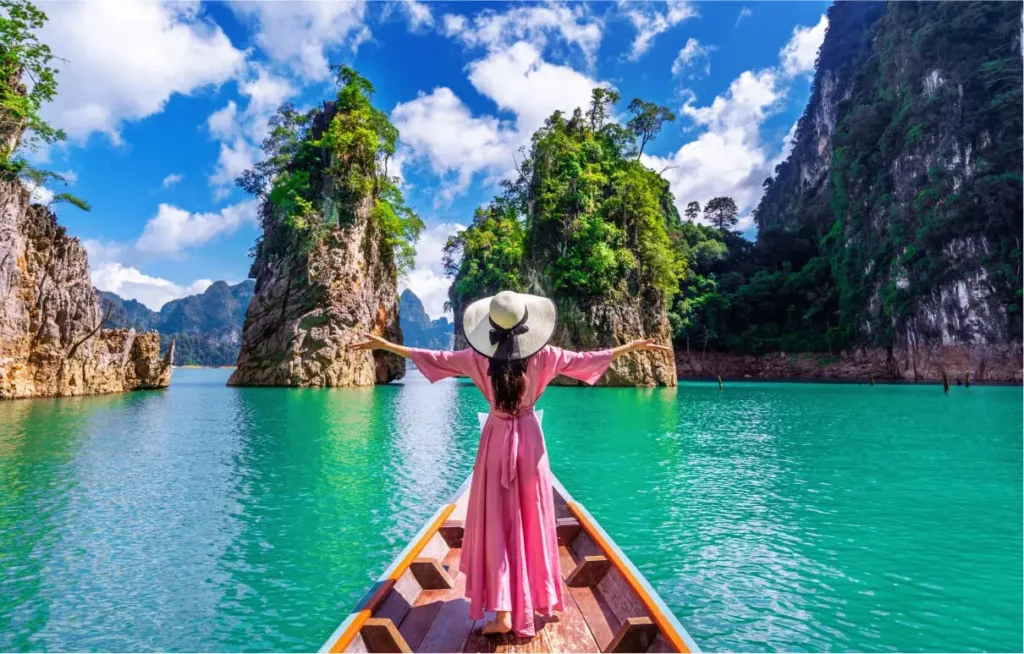



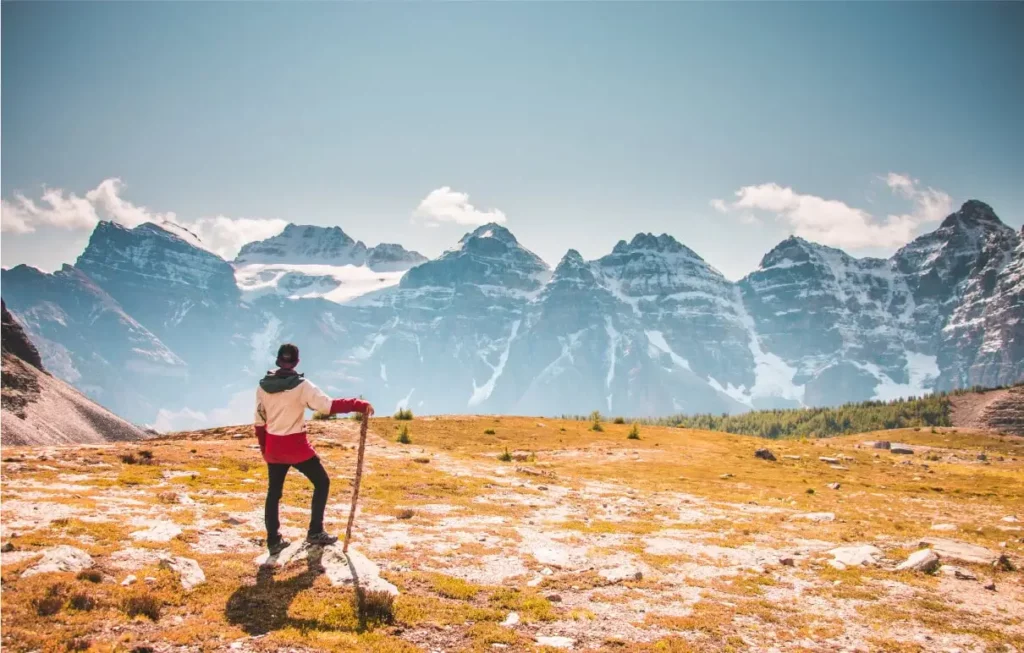
Heaven On Earth
Uganda is a land of contrasts. In half a day you can drive from mist-shrouded volcanic mountains to hot hazy savannah, dappled with wildlife.
Serene undulating hills of tea plantations, lush but ordered, give way to tangled jungle and rainforest with the musical accompaniment of chaotic, cacophonous birdlife.
There’s the Nile, twisting its way north like a shimmering ribbon, through arid semi-desert scattered about with rocky kopjes. Snow-capped peaks, tropical, sandy, freshwater beaches, and smiling faces everywhere. It’s all here, a feast for all the senses. This is Africa the way it should be!
- Exploring ancient ruins, historical landmar.
- Immersive cultural experiences, local.
- Hiking, trekking, extreme sports, and out.
- A romantic destination like Paris, Venice.
- Kid-friendly activities, theme parks family.
- Premium accommodations, gourmet.




